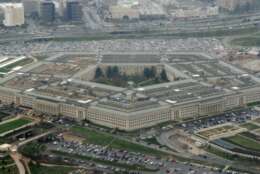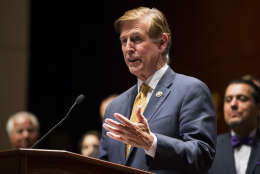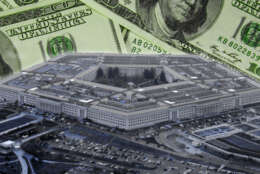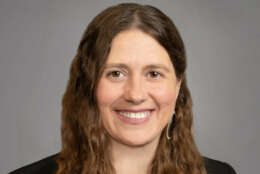Hiring/Retention
-
Efforts to increase the number of female, minority and disabled employees have taken place across the intelligence community. But in eight years, GAO says results have been lower than federal standards call for.
December 30, 2020 -
A whole swath of professions will lose special pay if Congress can't override the NDAA veto.
December 29, 2020 -
While it does take a bit of work, there are many benefits of working with the federal government to make it all worth it.
December 23, 2020 -
Lawyers for Microsoft and the government are asking a federal court to dismiss key portions of Amazon’s lawsuit over the Defense Department’s JEDI Cloud contract, in a nutshell, because the claims in question were raised too late to be legally viable.
December 21, 2020 -
The Pentagon has endorsed a new slate of initiatives to expand diversity within the ranks and reduce prejudice, including in recruiting, retention and professional development across the force
December 18, 2020 -
VA has paused its near-real-time public reporting of new COVID-19 cases, but as of Dec. 11, the department was tracking 17,757 active cases, including 1,441 VA health care workers with active COVID-19, according to VA's public data.
December 17, 2020 -
The service dropped nearly half of the occupations from its reenlistment bonus list for 2021.
December 16, 2020 -
The Space Force will be the 18th member of the collection of agencies providing national security information.
December 15, 2020 -
The president's recent Schedule F executive order allows agencies to reclassify career federal employees in certain policymaking positions into a new schedule of quasi political appointees.
December 15, 2020 -
The Office of Personnel Management so far has not released a new guide for agencies or called for a formal moratorium on Senior Executive Service review boards. The agency's involvement in implementing Schedule F is also raising concerns among good government groups.
December 14, 2020 -
The Defense Department simply doesn't know how many people are in its software workforce, let alone how they're trained, promoted or recruited.
December 07, 2020 -
The House-Senate compromise on this year's NDAA eliminates the DoD chief management officer without offering an explanation, and punting to a future secretary of Defense on business reform issues.
December 07, 2020 -
The president says he wants to veto the bill over old protections for tech companies and renaming military bases.
December 03, 2020 -
President Donald Trump signed an executive order Thursday giving federal agencies a shared ethics framework for developing and using artificial intelligence.
December 03, 2020 -
The U.S. Court of Federal Claims on Tuesday rejected the government lawyers' bids to dismiss a lawsuit stemming from the 35-day government shutdown that ended in January 2019.
December 03, 2020














